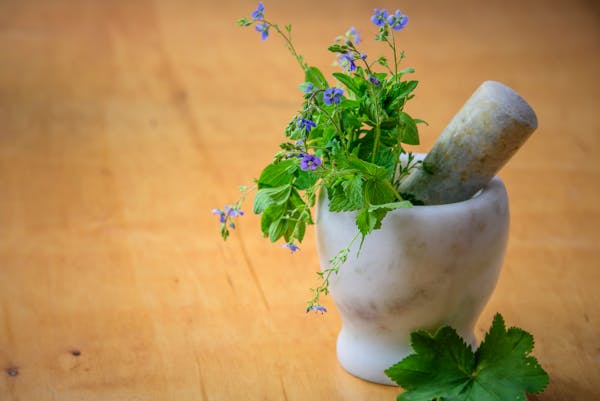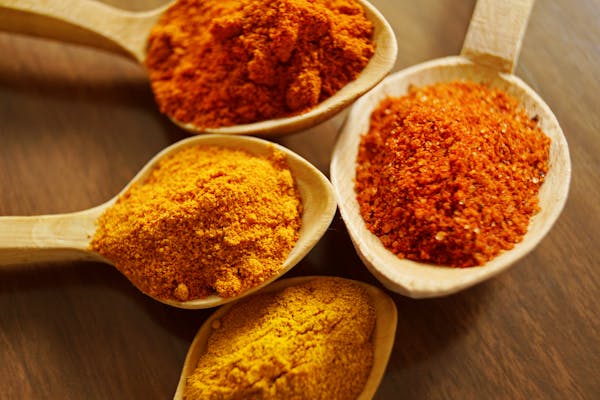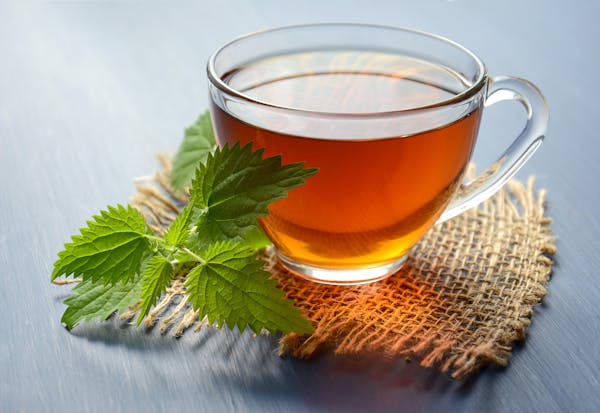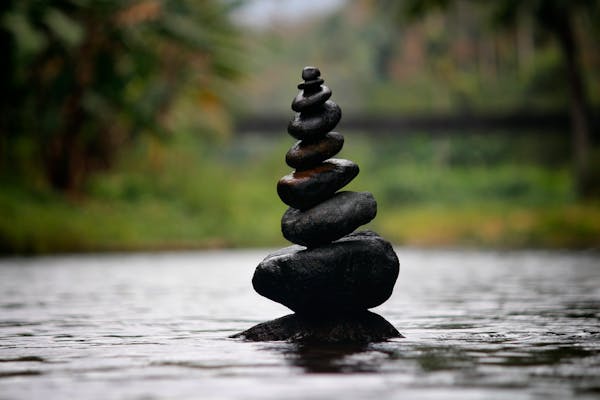Cell Wall Structure and Function
Cell Wall Structure and Function
What is Cell Wall?
➖ Cell wall is rigid and protective layer around the plasma membrane
➖ Discovered by Robert hooke in 1665
➖ Cell wall non-living rigid structure
➖ Found in plants, fungi, prokaryotes and protists
➖ Composition of cell wall varies in different groups
Characteristics of Cell Wall
➖ Cell wall is a rigid and protective layer around the plasma membrane
➖ It is a non-living structure
➖ Animal cells do not have a cell wall
➖ Found in in most plant cells, fungi, bacteria, algae, and some archaea
➖ Cell wall has many important functions in a cell including protection, structure, and support
Cell Wall Structure
Structure of Prokaryotes Cell Wall
➖ Cell wall is made up of peptidoglycon
➖ Peptidoglycan made up of polysaccharide chains cross-linked by unusual peptides containing D-amino acids
➖ A notable difference between the cell walls of gram-positive and gram-negative bacteria is the substantially thicker peptidoglycan layer in gram-positive bacteria.
➖ Cell wall of gram-positive bacteria contains teichoic acids
Structure of Fungi Cell Wall
➖ Fungal cell wall is made up of three main components
Chitin
➖ Polymers consisting mainly of unbranched chains of β-(1,4)-linked-N-Acetylglucosamine in the Ascomycota and ➖ Basidiomycota, or poly-β-(1,4)-linked-N-Acetylglucosamine (chitosan) in the Zygomycota
➖ Both chitin and chitosan are synthesized and extruded at the plasma membrane
Glucans
➖ Glucose polymers that function to cross-link chitin or chitosan polymers
➖ β-glucans are glucose molecules linked via β-(1,3)- or β-(1,6)- bonds and provide rigidity to the cell wall while α-➖ ➖ glucans are defined by α-(1,3)- and/or α-(1,4) bonds and function as part of the matrix
Proteins
➖ Enzymes necessary for cell wall synthesis and lysis in addition to structural proteins are all present in the cell wall.
➖ Most of the structural proteins found in the cell wall are glycosylated and contain mannose, thus these proteins are called mannoproteins or mannans.
Structure of Plant cell wall
➖ Cell wall is made up of 4 layers
➖ Middle lamella, primary, secondary and tertiary wall
I) Middle lamella
➖ Cementing layer between the cells
➖ It is made up of ca & mg pectates
II) Primary cell wall
➖ Found in growing cell
➖ It has high hemicelluloses & less cellulose content
III) Secondary cell wall
➖ Found in mature cell
➖ It has high cellulose & less hemicelluloses content
IV) Tertiary cell wall
➖ Laid down on secondary wall
➖ Found in tracheids of gymnosperms
What is Pits?
➖ Cell wall is not uniform in thickness throughout
➖ Certain places cell wall are not laid down, such places are called pits
Pits are of two types
I) Simple Pit
➖ Pit chamber is uniform in diameter
➖ Found in angiosperms
II) Bordered pit
➖ Pit chamber is flask shaped
➖ Found in gymnosperms
➖ Number of plasmodesmata or cytoplasmic strands are present in pit
Functions of cell wall
➖ Maintains shape of the cells
➖ Protects cell from mechanical injury
➖ Allows materials to pass in and out of the cell
➖ Prevents undue expansion of cell when water enters by osmosis

















No comments:
Post a Comment